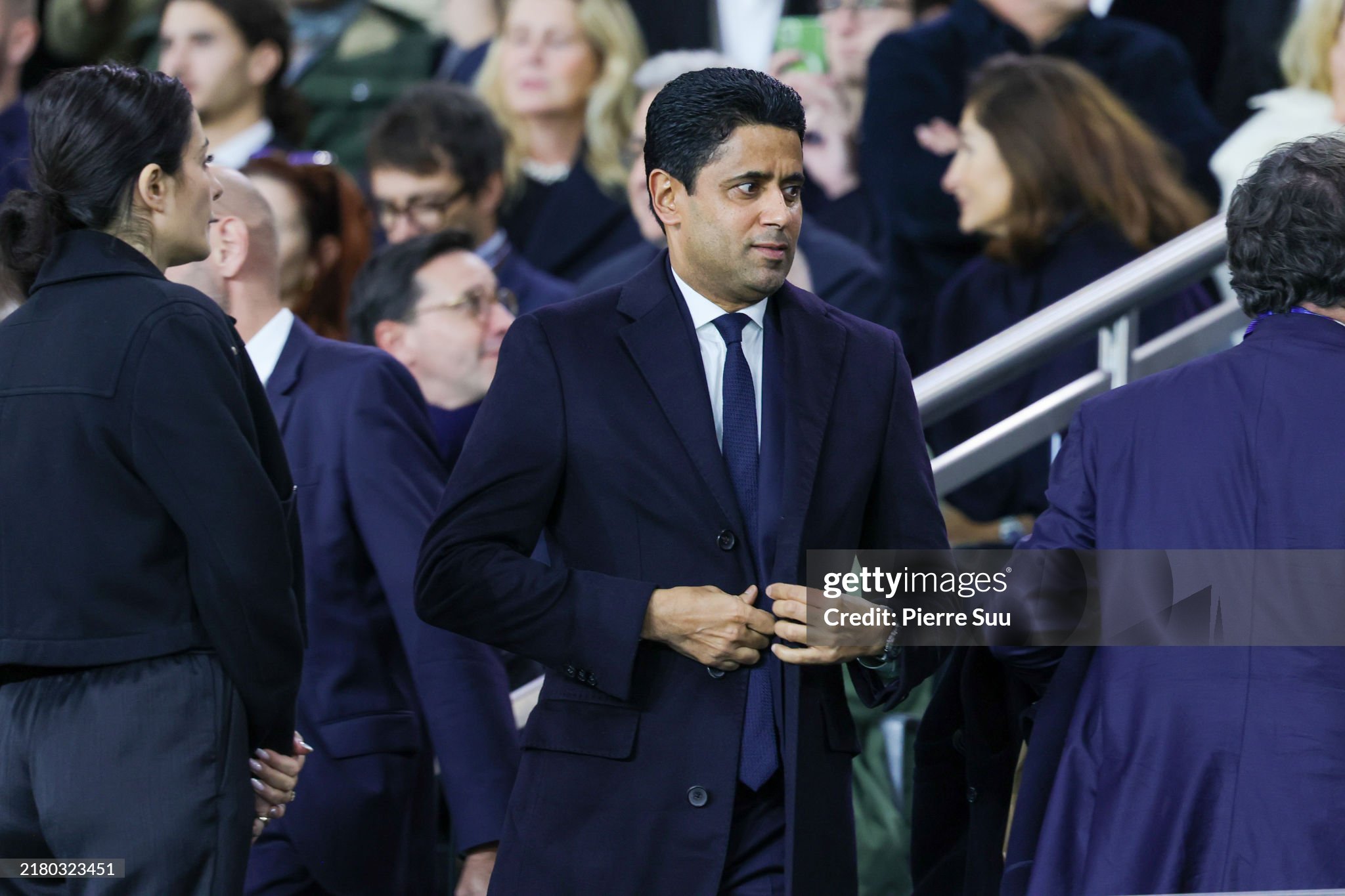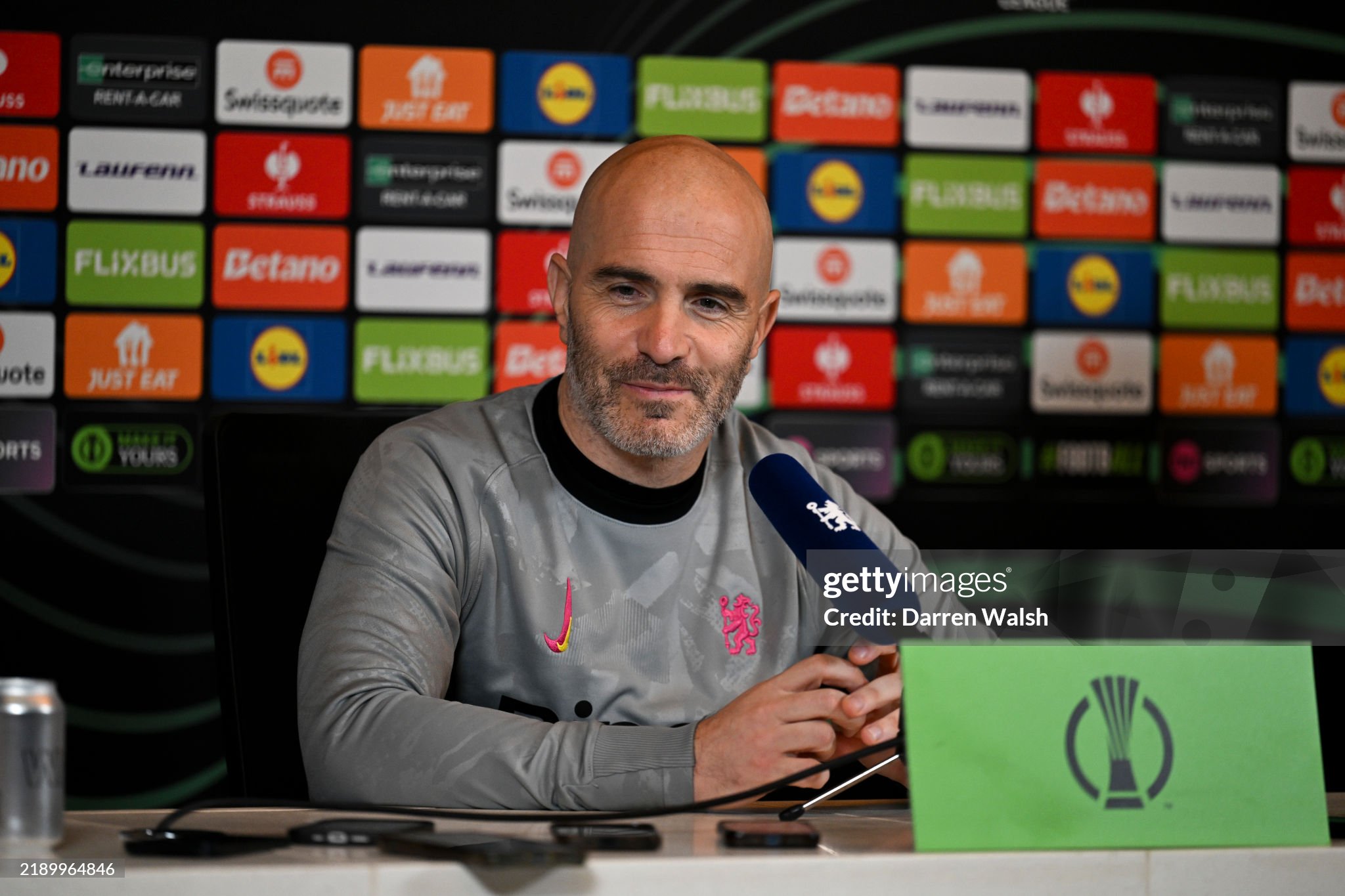Morocco's plans for the construction of the largest football stadium in the world have been unveiled. An ambitious project slated for completion by the 2030 World Cup, it has been allocated a budget of approximately 456 million euros, according to Het Laatste Nieuws.
 Embed from Getty Images
Embed from Getty Images
The announcement of a new stadium to be constructed in El Mansouria, a picturesque coastal town situated to the northeast of Casablanca, has stirred excitement and anticipation not only within Morocco but across the global sports community.
This ambitious project envisions the erection of a colossal stadium, boasting a capacity of 115,000 seats, sprawling over a vast plain. The scale and grandeur of this venture are not just architectural feats but symbolize Morocco's bold aspirations on the world stage, particularly as it prepares to co-host the 2030 summer World Cup alongside European neighbors Spain and Portugal. This international collaboration marks a historic undertaking, blending cultures and continents in a celebration of football.
The selection of Morocco, Spain, and Portugal as co-hosts for the 2030 World Cup is a testament to the growing inclusivity and global nature of the tournament. However, the decision to also include matches in South American countries such as Argentina, Paraguay, and Uruguay has ignited a flurry of debates and criticisms. Detractors argue that the geographical dispersion could pose logistical challenges and dilute the traditional experience of a World Cup being hosted by a single country or, in this case, a closely connected trio of nations. Supporters, however, see this as an opportunity to expand the World Cup's reach and inclusivity, reflecting the global passion for football.
The proposed Grand Stade de Casablanca, which has yet to break ground, is poised to become a landmark project, not just for Morocco but for the world of sports architecture. The American firm Populous, renowned for its innovative and state-of-the-art stadium designs for prestigious clubs such as Tottenham Hotspur, Arsenal, and Olympique Lyon, has been awarded the project. The involvement of Populous, with its track record of creating iconic sports venues, promises a stadium that combines cutting-edge design with functional brilliance.
Despite the excitement surrounding the project, the commencement of construction awaits the resolution of final formalities. Christopher Lee, a director at Populous, expressed confidence in overcoming these bureaucratic hurdles, envisioning the Grand Stade de Casablanca as an iconic addition to the world's architectural landmarks. Once completed, the stadium is set to eclipse the Rungrado 1st of May Stadium in North Korea as the largest football stadium globally by seat capacity. The current record holder, with a capacity of 114,000 seats, will pass the baton to Casablanca's new jewel, marking a new chapter in the annals of sports venues.
This project transcends mere infrastructure development; it symbolizes Morocco's ambition to showcase its cultural richness, technological prowess, and hospitality to the world. As the countdown to the 2030 World Cup begins, the Grand Stade de Casablanca stands as a beacon of Morocco's readiness to welcome the world, bridging continents and cultures through the universal language of football.









